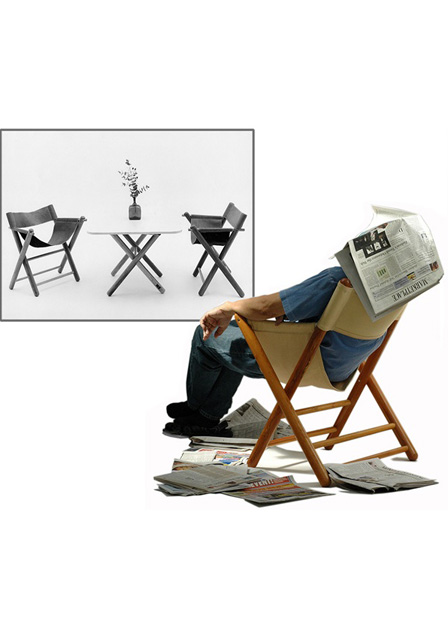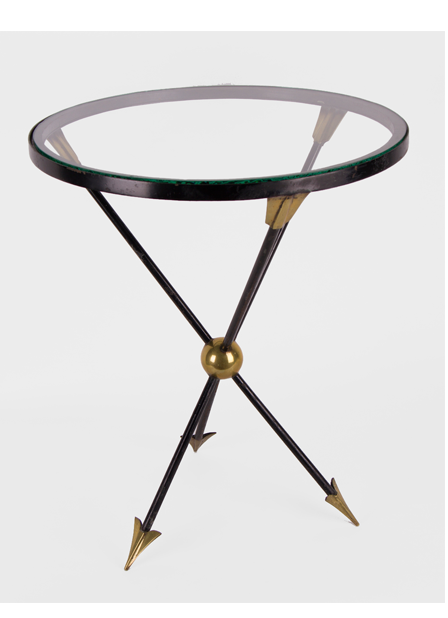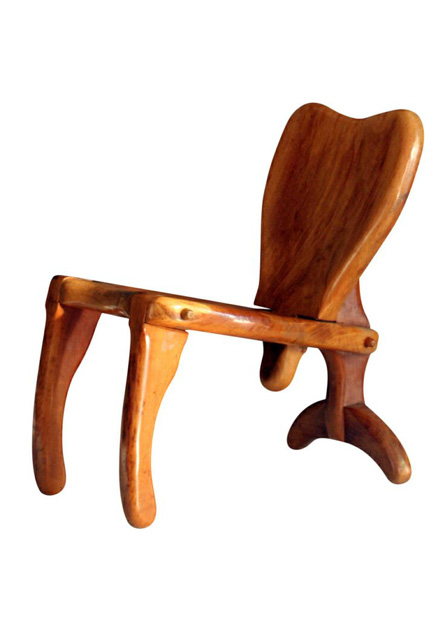Back to Catalogue View
Collecting Design in Mexico By Regina Pozo – July 24, 2015
When talking about collecting design in a national context, there is a key question: Why is there not a bigger picture of design collections in Mexico?
The scope of the discipline in the country has obviously grown in the last five years. Gradually, there have been various actors and spaces for awareness and public / consumer access to design pieces. Initiatives such as the Archivo Diseño y Arquitectura -my old trench-, the Abierto Mexicano de Diseño (Mexican Design Open), Zona Maco, ADN Gallery, Blend, Onora Casa and La Lonja Mercantil, have contributed to create a healthy scene and atmosphere for development and exchange, although with different purposes and missions.
Everyone, from the particularities of their own bets, has generated awareness on the issue, while promoting the encounter between contemporary design and the Mexican public. So it's worth thinking: the user has taken just a few years getting to know the language and dynamics of design from its added value up to the reason to invest in it. Thus, it is still complex to commit, invest and live with design in a daily basis in a more conscious way.
In this context, it is important to mention the effort, ever increasing, of
those interested in creating informed consumers that understand the
importance of collecting national design. Agents such as curators Ana
Elena Mallet and Cecilia León de la Barra are dedicated to undertake this mission which encourages the public -through exhibitions, texts,
research and others- to understand the importance of transforming their sensitivities and interests and make them love design. The messages are not only aimed at designers but also towards users and future collectors.
Why investing in design?In 2008 I set out to start Archivo Diseño y Arquitectura, which is currently the first public collection of design in Mexico and one of the most
important in Latin America. After four years of intense research, search
and annexations, the collection of Archivo has about 3000 pieces
available to the public. The experience and the exercise allowed me to
generate a particular perspective on the market.
Here are some notes about it: 1. Design is a field of opportunity.
The national design market is still small. You can still buy Mexican
historical pieces to a substantially cheaper price compared to the market prices of international historic design. In harsh terms, this is a gap of
approximately 25-30%, although it is the aspect that will change more
rapidly in the coming years.
2. Consolidate an important collection of design in a medium term is possible.
Archivo de Diseño y Arquitectura is also a useful example for this case:
thanks to its collection and its contents generation it has been able to
occupy a worldwide reference position in just three years of public life.
3. The investment in a relevant design piece is much lower compared to art piece.
In terms of market segments, a work of art of $ 40,000 USD does not
necessarily equals a museum piece. In terms of historical design market,
for example, the cost of a piece of $ 40,000 USD may correspond to buy a Rietveld or to an important piece of the architect Gio Ponti, being these objects of incalculable cultural value in history of design.
4. There is less competition in the cultural field.
There is still much to do, build and study design both in Mexico and
abroad. A collection injects valuable nutrients to the contemporary scene and would fertilize a space for new curators, producers and design
enthusiasts.
5. Design as cultural heritage.
The need for further contribution to the cultural significance of design is only possible in the time when various collections are created, increasing the historical and contemporary cultural richness of our sector and, therefore, the cultural field in our country through the generation of patrimony.
In addition, a design collection - if systematically achieved - is a body of work that catalyzes self-thought by allowing interaction with scholars and enthusiasts. The results of these interactions between professionals and traces will continue to contribute to enhance other areas of cultural production in our country and therefore continue with the tradition that identifies us as a global cultural power.






